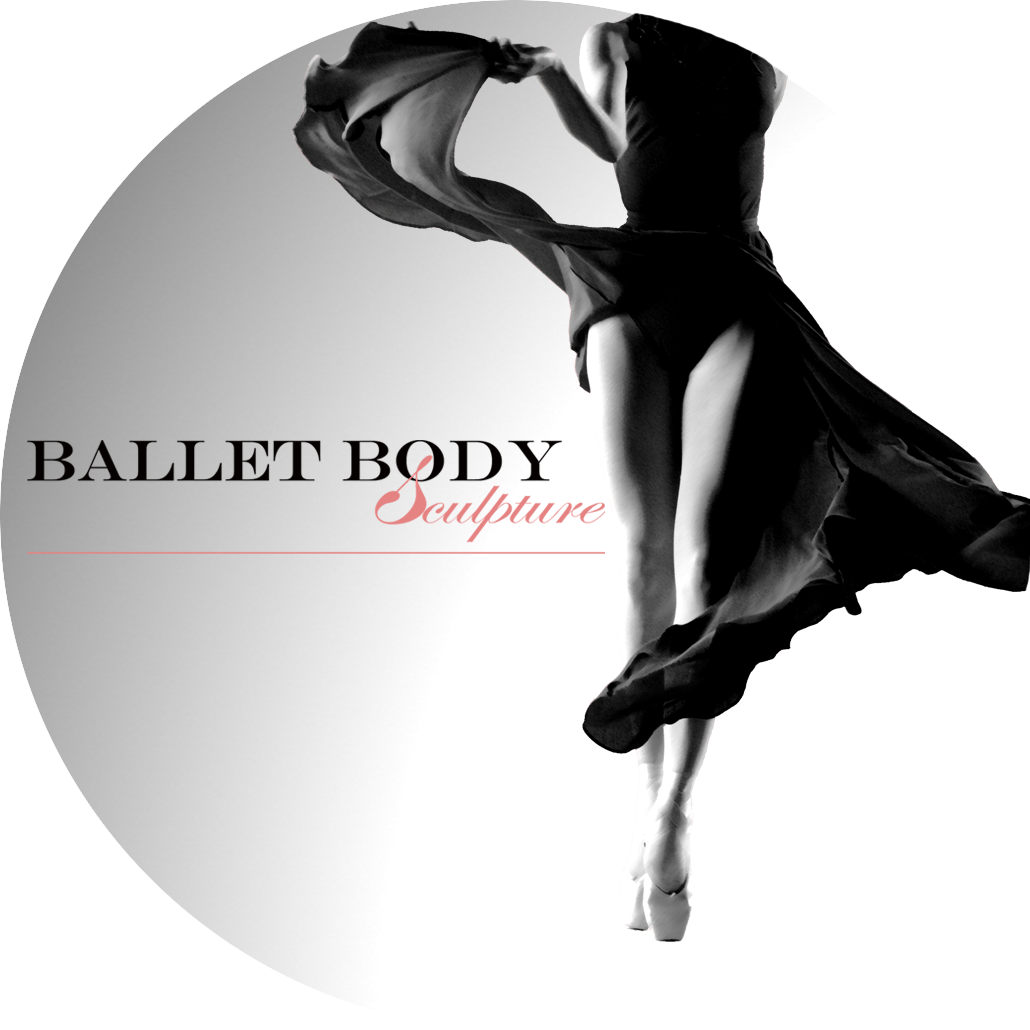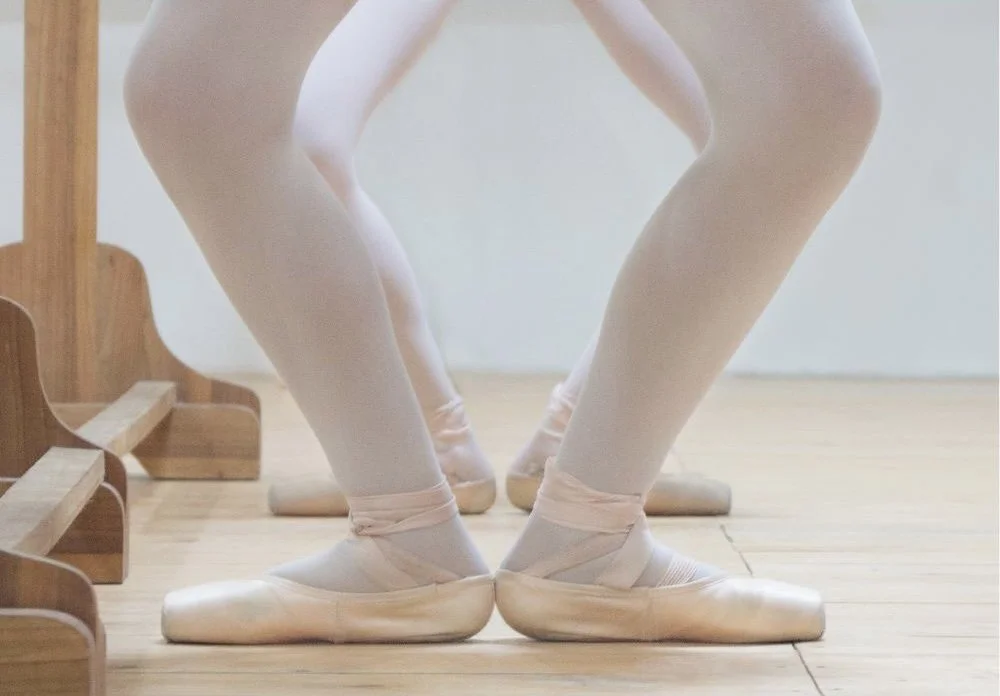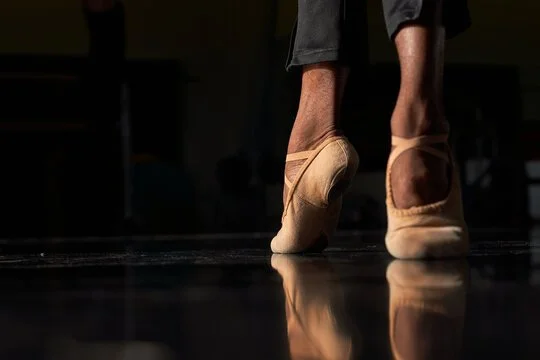Ballet Basics
When you think of Ballet, what comes to mind? Classical music, buns, tutus, old traditions, and French words, right?
Ballet is an old tradition – it originated in 15th Century Italy before making its way to France where it was exclusively practiced by French courtiers and royals. Given its history, it makes sense to want to learn Ballet to feel more sophisticated & refined! But did you know that some football players take Ballet classes to improve their agility, posture, and movement?
Ballet, as an exercise routine is certainly fairly complex. Nonetheless, due to its presice structure ballet exercises can be leaned at any age, regardless of any previous dance experience. Needless to say of the extensive benefits this wonderful training can offer, from strong core, posture, flexibility to confidence, body awareness and elegance in the movements.
So what are the most basic ballet exercise that any begginer should start with? Two most common, also forming the foundation of the ballet dance are – Plié & Relevé.
Let’s break down these essential exercises to discover how they contribute to the beauty and precision of ballet dancing technique.
Plié:
Plié is one of the first movements every ballet dancer learns. It's a basic bending of the knees while keeping the heels on the ground. Plié is a fundamental building block in ballet, and it serves several crucial purposes such as strength and flexibility; Plié exercises help to develop the strength and flexibility of the leg muscles.
There are two primary types of pliés in ballet:
Grande Plié – this is a full bend of the knees
Demi Plié – in a demi plié, the knees are bent halfway, maintaining the heels on the ground.
Let's go over the alignment of a plié. For either demi or grande, as you bend the knees keep your weight in the balls of the feet and stay light on the heels while pressing all ten toes into the ground. As you bend, make sure the arches stay lifted, keep your shoulders over the hips, and keep your knees over the toes. As you stretch the legs to come back to the starting position and push down through the floor, lengthening and spiraling the inner calf and thighs forward.
Benefits of Plié Exercises:
Tone and Strengthen: plies are not just about bending the knees; they engage your quads, hamstrings, glutes, and calves, giving you a full-leg workout!
Flexibility: regular practice increases knee and ankle flexibility.
Posture and Balance: as you rise from a plié, you're teaching your body to maintain a straight, aligned posture which boosts overall balance and poise.
Relevé:
Relevé is another fundamental ballet movement. It involves rising onto the balls of the feet while keeping the heels off the ground. Relevé strengthens the muscles in the feet and ankles.
Proper alignment of the feet and knees during a relevé is essential for strength and stability. From the base of your plié, push down through the balls of the feet, spreading the toes on the floor. As you rise, ensure the weight stays in the center of the foot. Pressing down through the feet, engaging the core, and lifting through the crown of the head.
Benefits of Relevé Movements:
Calf Sculpting: Relevés target your calf muscles, sculpting them to perfection.
Strong Ankles: It enhances ankle strength and stability, which is essential not just for dancers, but anyone looking to have a spring in their step!
Core Engagement: Balancing in this lifted position demands a strong core. Yes, your abs are getting a workout too!
When you incorporate pliés and relevés into your exercise routine:
You develop toned legs, sculpted calves, a lifted derrière and improved posture. Your legs will appear longer and leaner.
So, whether you're pirouetting across the dance floor or just plié-ing in your living room, incorporating these two moves can be transformative. Remember, every grand jeté started with a simple plié and relevé. It’s never too late to embrace the grace within you. So what are you waiting for?
We look forward to seeing you at our classes! Xoxo
Join our Ballet workshop here
Source: balletbeautiful.com


